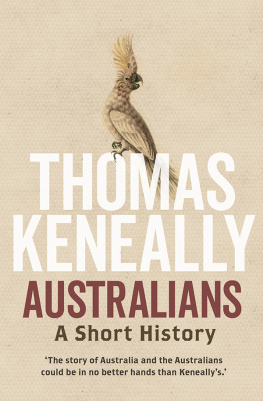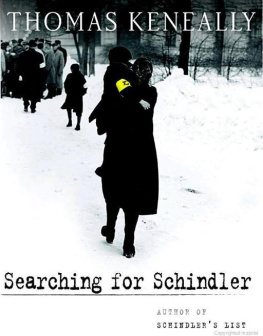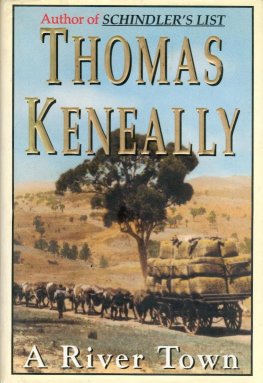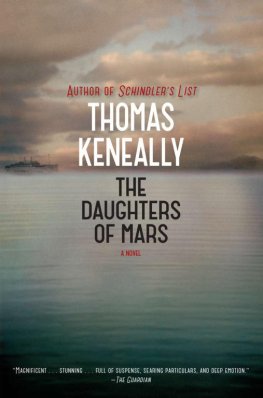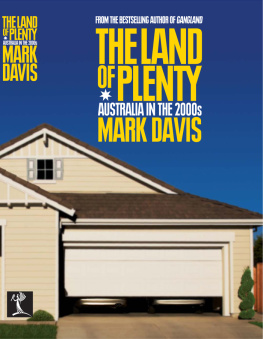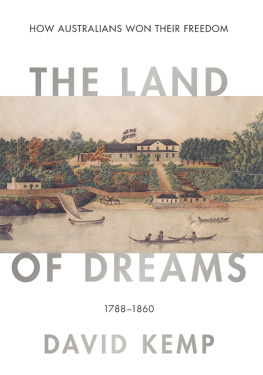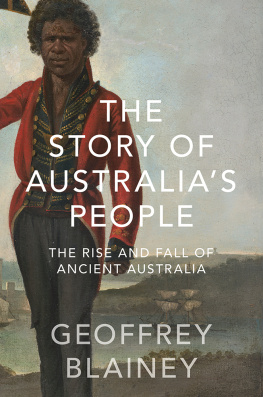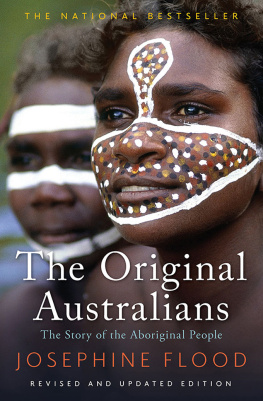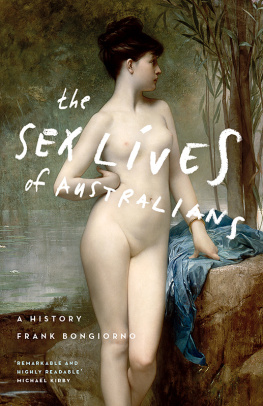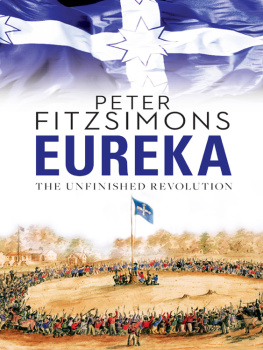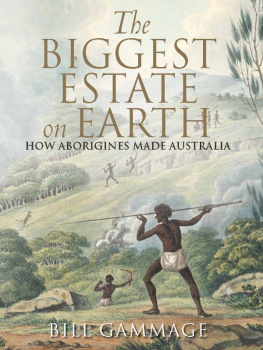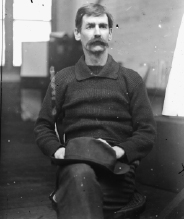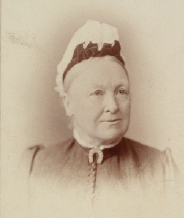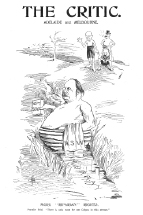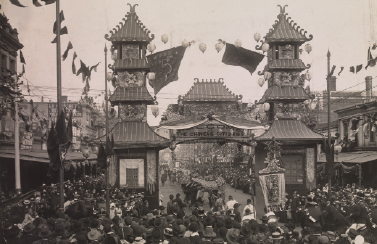Left: The striking, sculpted face of Henry Lawson is clear-eyed yet melancholy in this photo portrait of the early twentieth century. A.G. Stevens of the Bulletin paid him sixpence a line for verse that inevitably varied in quality because he was always hard up. (State Library of NSW, Mitchell Library, a2005230/ ON 186/228-232 ) Right: Catherine Helen Spence came to Adelaide in 1840 as an adolescent immigrant. Electoral reform, the vote for women and proportional representation left her no time for more novels (the last written in 1894). She was combative and beloved, and much mourned when, after publishing her autobiography, she died in 1910. (National Library of Australia, nla.pic an14617296)
Left: Brilliant young lawyer and Federationist Isaac Isaacs was capable of running a law practice and a distinguished parliamentary career both in the Victorian Parliament and, after Federation, in the national house. Deakin wrote of him that his will was indomitable, his courage inexhaustible and his ambition immeasurable. (National Library of Australia, nla.pican21399820-34) Right: While other premiers watch bemused from a distance, plump and opportunistic George Reid of Free Trade New South Wales claims all the Murray, along which Protectionist Victoria had its customs houses and on which it depended for irrigation. (State Library of South Australia, The Critic , 5 February 1898)
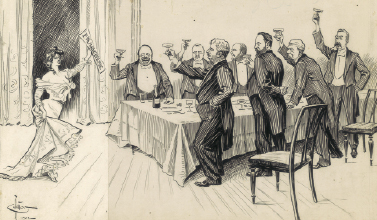
George Reid, Prime Minister Edmund Barton, Sir William Lyne, Alfred Deakin and other members of the House toast robust Australian woman, who holds high the franchise she has achieved. (National Library of Australia, nla.pic-an 6222116)
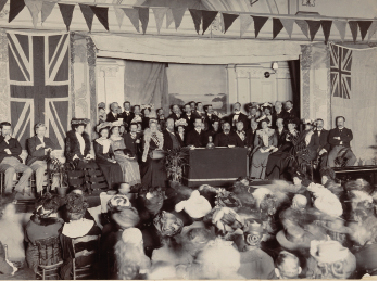
The Womanhood Suffrage League of New South Wales organised at the Protestant Hall in Sydney a September 1902 demonstration of womens gratitude to Sir William Lyne and Sir John See, parliamentarians who had been active in the federal campaign to provide the franchise to women. See would also achieve some note as a slum landlord. (State Library of NSW, Mitchell Library, a928828 /MPG 149)
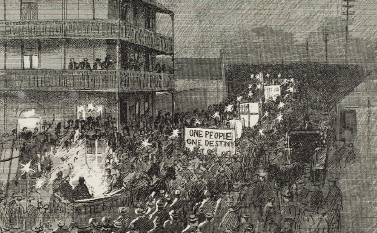
Federation was a matter of passion for these citizens who marched in its favour at Summer Hill in Sydney in 1898 on the evening before the first New South Wales referendum, which would fail to reach the 80 000 Yes votes the New South Wales Parliament had insisted on. (State Library of NSW, Sydney Mail, Saturday 11 June, 1898, p. 1229)
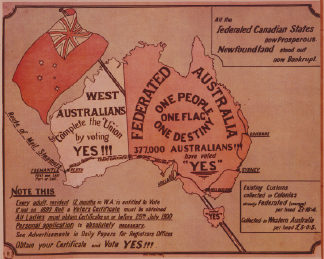
A poster urging Western Australians to choose Federation. On 31 July 1900, the state was the last to hold a poll on Federation, and it was won overwhelmingly by over 44 000 to 19 000. There would ever after be a tendency to blame the Easterners on the goldfields for the Yes vote, for they had loudly threatened to secede from Western Australia if Federation was defeated. But in fact, people in Perth and Fremantle voted solidly in favour as well. (National Library of Australia, nla.pic vn3302372)
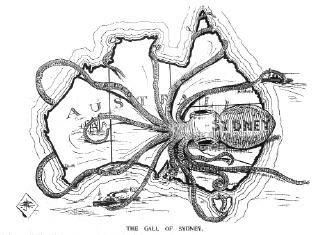
Big states feared that under Federation they would need to support smaller ones, especially since smaller states would have as many senators as they did. But this South Australian anti-Federation cartoon in the magazine The Critic was concerned that New South Wales, within whose boundaries the federal capital was to lie, would dominate and squeeze the smaller states. (State Library of South Australia, The Critic 18 March 1899)
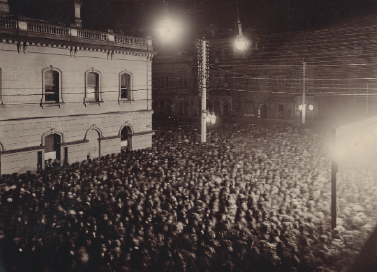
To accommodate an amended Constitution Bill, which needed a second referendum, the South Australians (like the Victorians, Tasmanians and New South Welshmen) voted again in April 1899 and gathered here outside the Advertiser office waiting on the figures. The number of Yes votes in South Australia exceeded No by 48 000. (State Library of South Australia B8821)

The three federal champions, clear-eyed Deakin, hard-up but determined Barton and rambunctious Kingston take the Constitution Bill to England where Secretary for the Colonies Joseph Chamberlain, harbouring ideas of his own and with amendments in mind, awaits their arrival. He would find that these three, however, could not be duchessed into compliance. (State Library of South Australia, Quiz, 8 February1900)
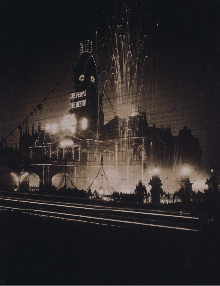
On the hot night of 1 January 1901, the Sydney Town Hall was illuminated by fireworks boasting One People, One Destiny, while on the other side of the city the frail Lord Hopetoun recovered at Government House. (State Library of NSW, Mitchell Library,a186005h /PXD 760, 62)
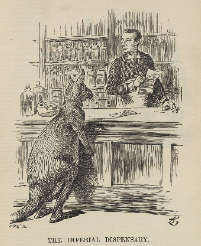
The Imperial pharmacist, Secretary of State Chamberlain, accepts a prescription written by my doctor at home, the Australian electorate, but would prefer to change a clause to give the British government, by way of the Privy Council, a form of direct control over Australian High Court decisions. (National Library of Australia, London Punch, 23 May 1900 p 371)
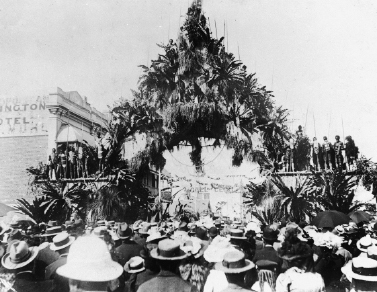
In Brisbane an Aboriginal arch was built outside the Lamington Hotel to celebrate federal events, to which native men with spears and shields added their presence. Since many of those who passed beneath the arch believed, on evidence offered by popular science, that the Aborigines were regrettably but inevitably a dying race, Federation would fail to deliver any added status or leverage to Australias indigenes. (State Library of Queensland, 149581)


